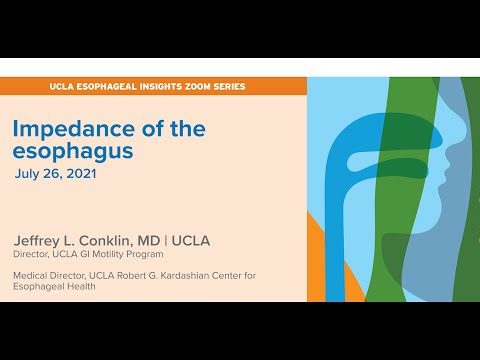Description:
Explore a comprehensive lecture on the impedance of the esophagus delivered by Dr. Jeffrey L. Conklin, director of the GI Motility Program and medical director of the UCLA Robert G. Kardashian Center for Esophageal Health. Delve into the principles of impedance measurement in the esophagus, learn how impedance is utilized to measure bolus movement, and discover its application in assessing esophageal biomechanics and motor function. Gain insights into topics such as impedance pH catheters, luminal impedance measurement, impedance manometry, and the functional luminal imaging probe (FLIP). Understand the significance of EGJ-Distensibility Index and various FLIP esophageal motor patterns, including normal topography and achalasia types. This 59-minute presentation offers a thorough exploration of esophageal impedance, providing valuable knowledge for medical professionals and researchers in the field of gastroenterology.

Impedance of the Esophagus - Jeffrey L. Conklin, MD - UCLA
Add to list